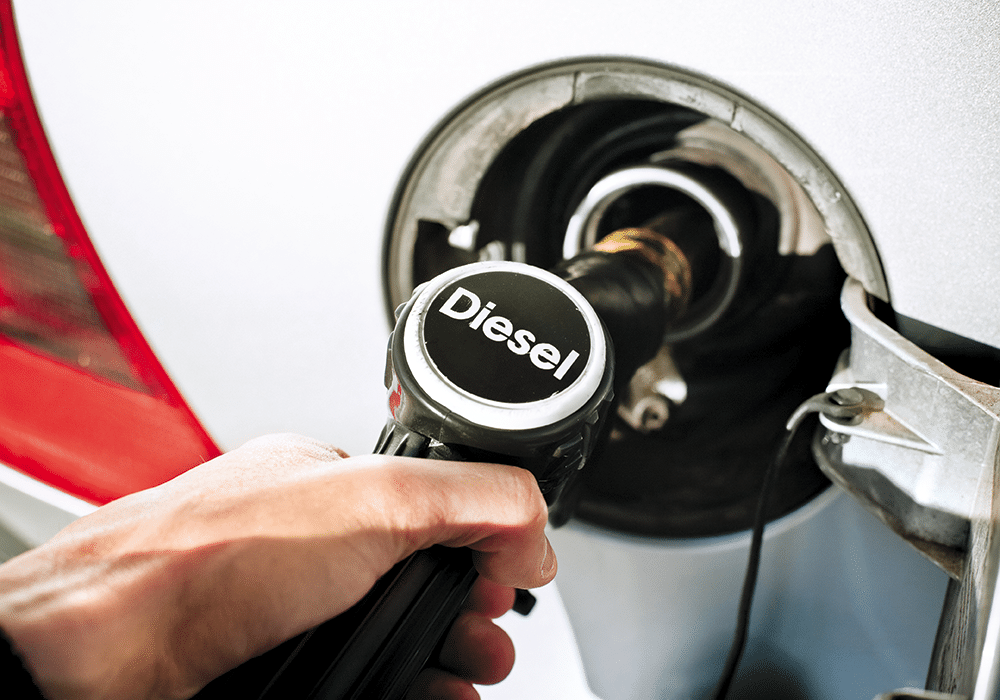Bill Savidan checks the fuel quality in New Zealand RVs.
When RVers get together at the end of the day, ‘happy hour’ discussions cover a wide range of subjects. At one I was at recently, New Zealand diesel quality was centre stage.
Fuel filters, particulate filters and diesel additives were discussed as problems or remedies, and the conclusion was that diesel quality, or the lack of it, was the underlying villain. Is that judgement fair? Who determines the ‘specification’ for the diesel sold at our service stations?
Diesel is one of the many products refined from crude oil. Although it is sold worldwide, its specification differs from country to country. This specification determines two important things: the performance of the motors that use it, and the damage the motor exhaust emissions cause to the surrounding environment.
New Zealand standards
The current New Zealand fuel quality standard is set out in the Engine Fuel Specifications Regulations 2011. Schedule 1 sets out the requirements for petrol, and Schedule 2 the requirements for diesel.
The Diesel Schedule lists 22 items with performance limits that must be met before the fuel meets the New Zealand standard. Some items are more easily understood than others. Density, colour and flash point are relatively familiar terms, but ‘polycyclic aromatic hydrocarbons’ is beyond the experience of most of us. For the average Kiwi diesel user, three items are of interest: the cetane level, the sulphur content and the lubricity.
Cetane levels
Diesel engines don’t have spark plugs. The fuel has to self-ignite when compressed in the engine cylinder’s compression chambers. The fuel’s ability to ignite spontaneously and the quality of the ignition is expressed as a cetane number. The higher the number, the shorter the delay between fuel injection and ignition.
For optimum performance, late-model diesel motors are designed for diesel with high cetane ratings. So just as petrol grades are rated by an octane number, diesel fuel is rated by its cetane number. Our current cetane rating is 51 minimum, the same as the EU and the UK.
Sulphur content
To a varying degree, sulphur is present in most crude oils. During the diesel distillation process, some sulphur is retained in the fuel. This has to be controlled because of sulphur’s undesirable side-effects during combustion. These include odour, corrosiveness, a tendency to produce acidic by-products, and contamination of emission control systems.
The amount of sulphur, expressed as parts per million (ppm) or milligrams per kilogram (mg/kg), is part of the diesel specification. New Zealand has progressively reduced its sulphur levels from 3000 ppm (2002), to the current level of 10 ppm (2009). This is the same as specified for diesel in the EU and the UK.
Lubricity
Sweden was an early adopter of ultra-low sulphur (ULS) diesel, but discovered that the heating process to reduce sulphur in diesel also reduced lubricity. Lubricity is a measure of smoothness or oiliness, which reduces friction. So the vehicles using ULS diesel had a higher rate of engine wear.
Americans had the same issue when they introduced ULS diesel in 2011. The remedy was to dose the diesel with a lubricity additive. Today the diesel receives this additive dose at the refinery.
Is New Zealand diesel tested?
New Zealand’s ULS diesel specification is very similar to that of the EU and the UK, so theoretically it should be as good as theirs. A division of the Ministry of Business Innovation and Employment, known as Trading Standards, ensures the supply of diesel fuel sold here meets the specification.
Samples of fuel are taken from a random selection of retail outlet holding tanks and tested for the key properties specified in the Engine Fuel Specifications Regulations. The samples come from the same place where customers obtain their diesel: a pump nozzle in a service station. This testing regime is funded by a small levy of $0.003/litre of fuel, both petrol and diesel.
Additives
Fuel suppliers dose their diesel with additives that in their view enhance its performance. These include detergents to keep the engine interior clean, anti-foam to improve fuel dispersion, and bacteria/fungi biocides to prevent ‘diesel bug’ (a group of micro-organisms that grow in fuels). As these additives are ‘brand specific’ to fuel companies, they are added to a delivery truck’s tank as it
is being filled.
How good is our diesel?
The short answer is … very good. Although it’s 10 years since New Zealand’s diesel specification was upgraded, it is still in step with that in use in the EU/UK. All diesel sold here, whether refined at Marsden Point or an off-shore refinery, meets the New Zealand specification and is of the same high standard.
So, if it’s not a problem of quality, what is it?
It could be contamination – unwanted ‘extras’ in your fuel, such as diesel bug or water, that contaminate the diesel in a vehicle’s fuel tank. These may have been imported from a service station tank, where faults or poor procedures for storing or transporting have allowed the fuel to become contaminated. Condensation created in a vehicle’s own fuel tank can also contaminate the diesel.
Either way it shows up as poor vehicle performance, lack of power and the engine running roughly, smoking and stalling. It’s best handed over to a professional who can provide both diagnosis and remedy.
Minimise the pain
Only purchase from reliable, well-run service stations. Always keep receipts for fuel in case you need to lodge a claim. Find out if your insurance policy covers fuel contamination claims.
Looking for motorhomes or caravans for sale? Browse our latest listings here.






